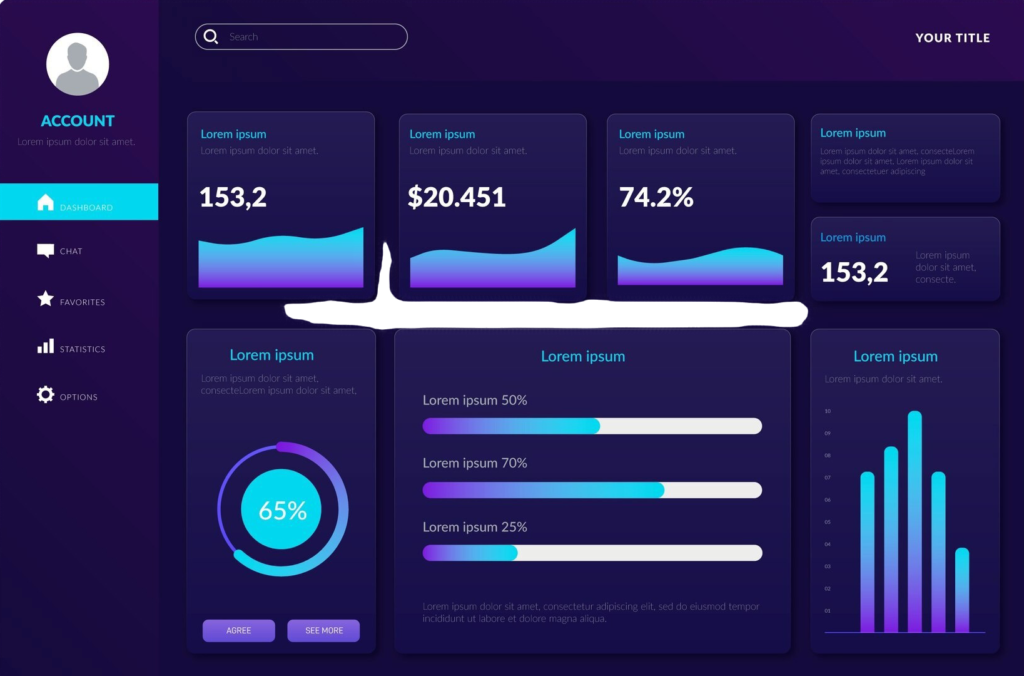Value Proposition
What Is a Value Proposition?
A value proposition in marketing is a concise statement of the benefits that a company is delivering to customers who buy its products or services. It serves as a declaration of intent, both inside the company and in the marketplace.
The term value proposition is believed to have first appeared in a McKinsey & Co. industry research paper in 1988, which defined it as “a clear, simple statement of the benefits, both tangible and intangible, that the company will provide, along with the approximate price it will charge each customer segment for those benefits.”
Understanding Value Propositions
A value proposition stands as a promise by a company to a customer or market segment. The proposition is an easy-to-understand reason why a customer should buy a product or service from that particular business. A value proposition should clearly explain how a product fills a need, communicate the specifics of its added benefit, and state the reason why it’s better than similar products on the market. The ideal value proposition is to-the-point and appeals to a customer’s strongest decision-making drivers.
Companies use this statement to target customers who will benefit most from using the company’s products, and this helps maintain a company’s economic moat. An economic moat is a competitive advantage. The moat analogy—coined by super-investor Warren Buffett of Berkshire Hathaway—states that the wider the moat, the bigger and more resilient the firm is to competition.
Components of a Value Proposition
A company’s value proposition communicates the number one reason why a product or service is best suited for a customer segment. Therefore, it should always be displayed prominently on a company’s website and in other consumer touch points. It also must be intuitive, so that a customer can read or hear the value proposition and understand the delivered value without needing further explanation.
Value propositions that stand out tend to make use of a particular structure. A successful value proposition typically has a strong, clear headline that communicates the delivered benefit to the consumer. The headline should be a single memorable sentence, phrase, or even a tagline. It frequently incorporates catchy slogans that become part of successful advertising campaigns.3
Often a subheadline will be provided underneath the main headline, expanding on the explanation of the delivered value and giving a specific example of why the product or service is superior to others the consumer has in mind. The subheading can be a short paragraph and is typically between two and three sentences long. The subheading is a way to highlight the key features or benefits of the products and often benefits from the inclusion of bullet points or another means of highlighting standout details.
This kind of structure allows consumers to scan the value proposition quickly and pick up on product features. Added visuals increase the ease of communication between business and consumer. In order to craft a strong value proposition, companies will often conduct market research to determine which messages resonate the best with their customers.



